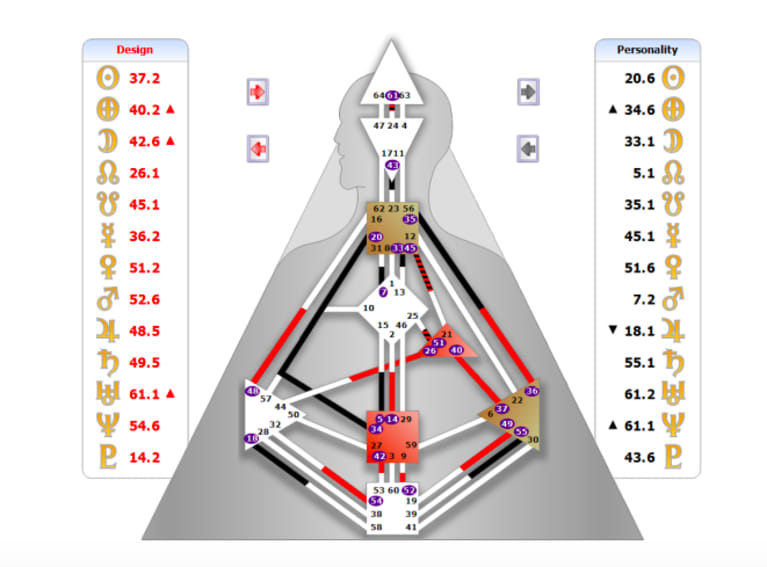

The problem with human design tv#
To make this more tangible, let’s use the real-world example of Ubongo Kids, an educational TV and YouTube show that provides top quality educational content to Africa’s 440 million children. Applying Human-Centered Design on top of this will ensure that the show actually serves the needs of the people watching it (for example meeting the learning objectives of the children watching the show or playing the game). For example, a company may use Design Thinking to create a video game or TV show for kids. To make this more clear, any business can use Design Thinking to build a solution that is capable of making money. Human-Centered Design, popularized by , is a mindset that overlays design thinking to ensure that the products are actually relevant and beneficial- in the long run - for the people they are intended to serve. What’s the difference between “Design Thinking” and “Human-Centered Design”?ĭesign Thinking, popularized by Stanford’s d.school, is a process that you go through to create solutions that will actually be adopted by people (Note, we use “solutions” to mean a product, process, or service that will be used by a person or group of people).
The problem with human design how to#
Below are practical tips, developed in the MovingWorlds Institute, for how to think about both “Design Thinking” and “Human-Centered Design” as complementary tools that can be used together to create lasting results. For all of the talk about “Design Thinking”, there remains a lot of confusion. New business models that create impact are not discovered. But after the initial commotion… nothing happens. Instead of simply being “Design Thinkers”, leadership now charges the entire organization with being “Human-Centered Designers”. Perhaps someone buys sticky notes for all the conference rooms and even passes out copies of IDEO’s Design Kit to all staff members. Not exactly knowing where to start, the leadership team reads a blog post about human-centered design and starts using buzzwords around the office… “ Let’s build more empathy!, Are you thinking like designers?, Is this idea prototype-able and have you battle tested it?, Did you ideate enough options?”.Īt first, all of the fancy and fun new concepts zinging around the office generates excitement.

Picture this scenario: The leadership team of your organization is facing pressure from its board to be more ‘innovative’ and ‘entrepreneurial’ by finding a market-based model to create impact.


 0 kommentar(er)
0 kommentar(er)
